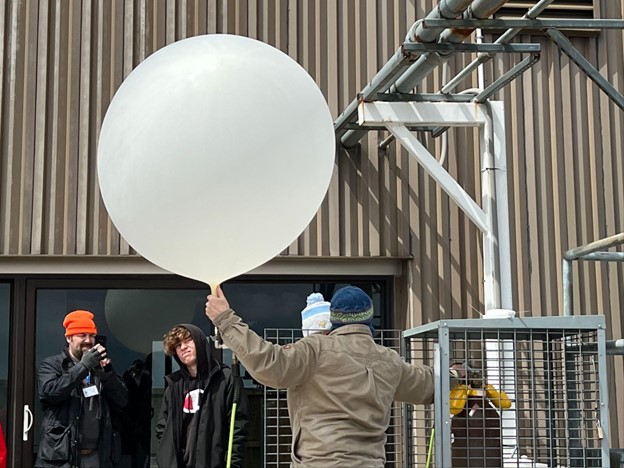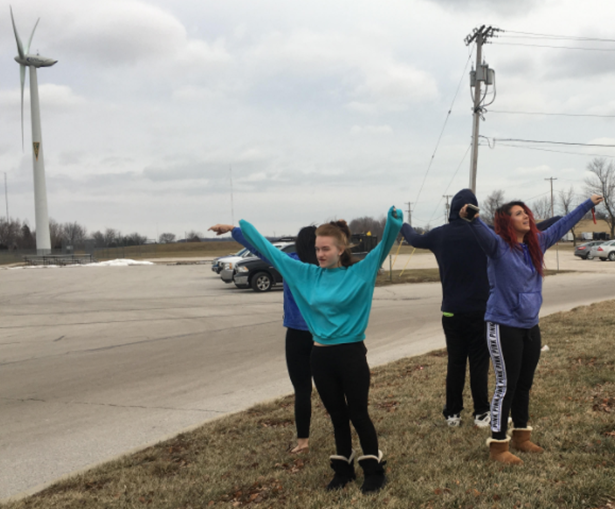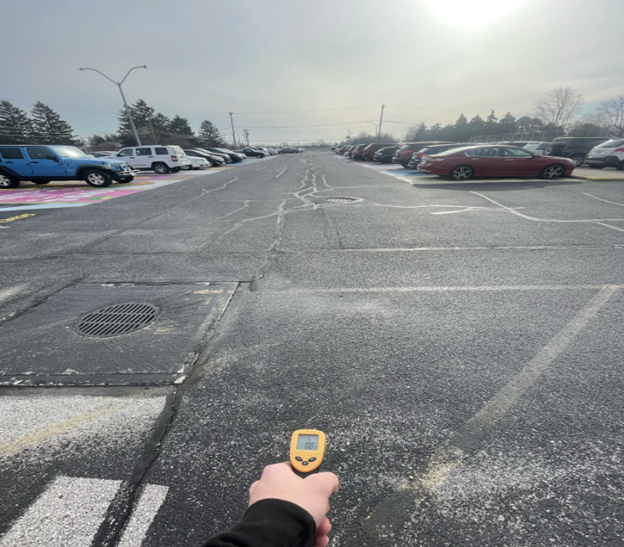Stars and STEM Stories
A Love Letter to the GLOBE Website: Using GLOBE’s Digital Tools for Student Engagement
Introduction
Hey! Are you looking for a way to have your middle and high school students engage independently with science? Do you want to use hands-on learning to impact your community? Then I have a story for you. Full of background information and an example of implementation of the digital assets that GLOBE has to offer. Younger Readers be advised, there may be use of strong language such as love. Teachers of younger learners be advised, you may have to make adjustments to this story to fit your education plan, or wait till the movies come out.
About Me (Boring Section, You should Skip to the Good Stuff):
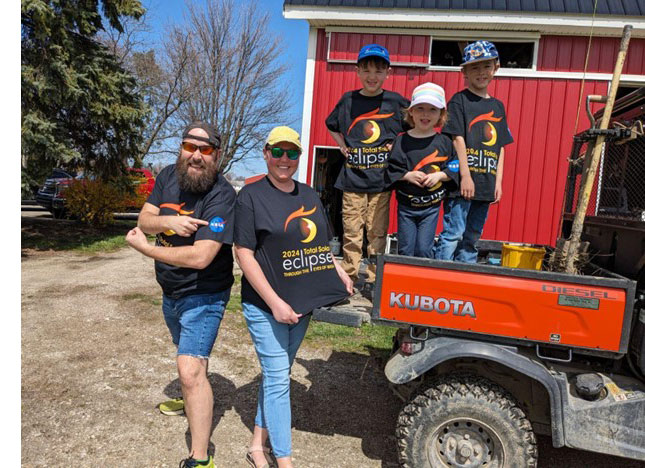 I am a
science educator in Oregon City Schools in Oregon, Ohio in the United
States and I use this system for year long student engagement and data
collection. I was originally trained in 2009 while attending Bowling
Green State University in Ohio, but did not have a chance to put GLOBE
to use until 2016 when I was trained a second time with GLOBE Mission
EARTH at the University of Toledo also in Ohio. Since then I have
watched and used the GLOBE program to inspire students to collect
weather data while pursuing their own curiosity towards the weather
phenomena on this planet. That may be accessing 30 years worth of
temperature data or just finding out what the clouds looked like in
some other part of the world on a day that was special to them.
I am a
science educator in Oregon City Schools in Oregon, Ohio in the United
States and I use this system for year long student engagement and data
collection. I was originally trained in 2009 while attending Bowling
Green State University in Ohio, but did not have a chance to put GLOBE
to use until 2016 when I was trained a second time with GLOBE Mission
EARTH at the University of Toledo also in Ohio. Since then I have
watched and used the GLOBE program to inspire students to collect
weather data while pursuing their own curiosity towards the weather
phenomena on this planet. That may be accessing 30 years worth of
temperature data or just finding out what the clouds looked like in
some other part of the world on a day that was special to them.
In the map below you can see where my students pulled data from this
past year. The GLOBE Program is an amazing instrument that can make
this happen. But enough about me let's get to the story.
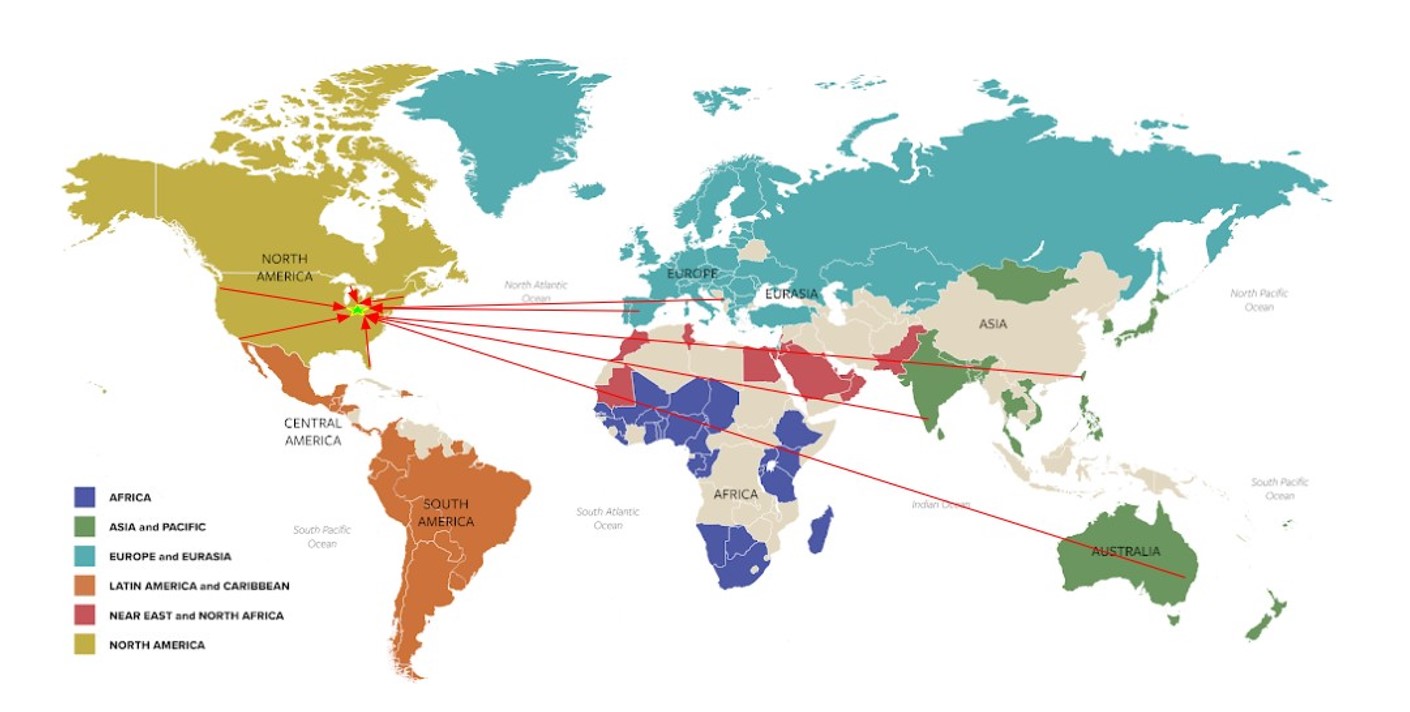
Utilizing GLOBE eTraining:
This story really is a love letter to the GLOBE website. I use the
GLOBE website as a way to engage my students early in the academic
year. We go and look at the site where we collect data then I turn
them loose on the GLOBE website specifically the Protocol eTraining
section. Students can research the online training modules and
choose a section that they are interested in. The eTraining modules
helps them learn how to collect data and why we would collect the
information that way. As a teacher I like this because I never know
what students' interests are in the first week, so this is a
productive ice breaker as well. In the next section I have listed a
guideline to how I would set up the year. I have used this with
students 15-18 years old, but could see it be effective with any
learners that can read.
Timeline For Student Focused Learning:
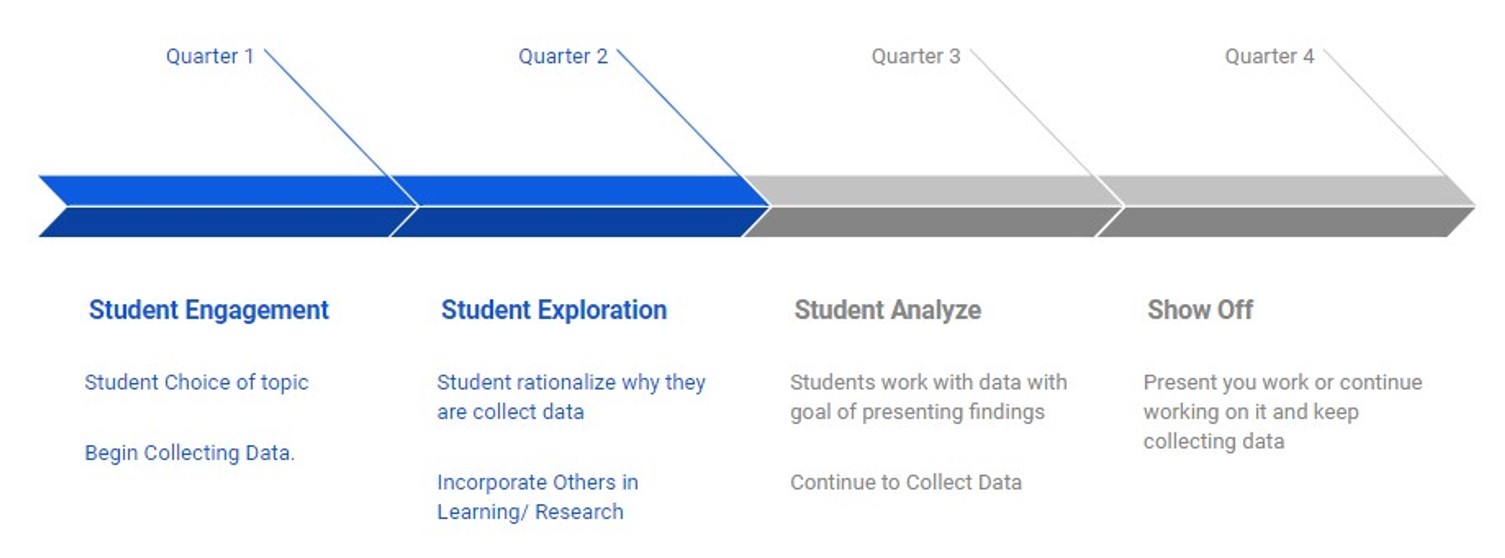
- 1st Week of School
- Have students create a GLOBE Observer Account (this assumes your students have their own personal email account).
- Introduce students to the eTraining section of GLOBE.gov.
- Let them choose the module(s) they are interested in.
- 2nd week of school:
- Have students show you their completed eTraining assessment tests.
- As a group choose a day to collect data each week. (Personally I think Tuesday or Wednesday because it breaks up the week.
- Check to see if students are following protocols correctly.
- Have students enter their date on the GLOBE website, either directly on the website, or via the GLOBE Observer App.
- Rest of the semester:
- Have students take data at least once a week during the chosen day if possible, and continue entering their data.
- If possible, arrange a meeting with an individual from a partner program or scientist to talk about data.
- End of semester:
- Ask students what they think their data means or what they would like to know about their data.
- Revisit Protocol eTraining section to learn more if needed.
- Start of Second Semester:
- Have students start to analyze their work (create graphs/tables).
- Develop projects for the International Virtual
Science Symposium (IVSS) or local competition.
- Consider how the students' work could have a local impact.
- If possible, have a second meeting with an individual from a partner program or scientist to talk about projects.
- Continue taking data.
- Have students compare their data to others either in class or world wide with the Visualization System.
- March
- Submit the student projects to IVSS. See an example of one of my student's projects.
- Remainder of Year:
- Present Student work.
- Collect data as needed.
Reasons to Try this:
GLOBE has provided an amazing amount of diversity in options. These options can give you an opportunity to connect students with content they are interested or curious about. For me personally, it gives students access to hands-on learning, shows them that people are interested in their work, and that they have options to impact the future. Using the GLOBE eTraining modules is a great way to inspire and inform future citizen science on how to collect data. If people are willing to use apps to crush digital candy for 3000 plus levels, GLOBE gives them an option to have an effect in their communities by submitting real time data that can be accessed world wide. I have loved my time spent learning from the GLOBE website and I hope you do as well.
Sincerely,
Joe Carstensen
